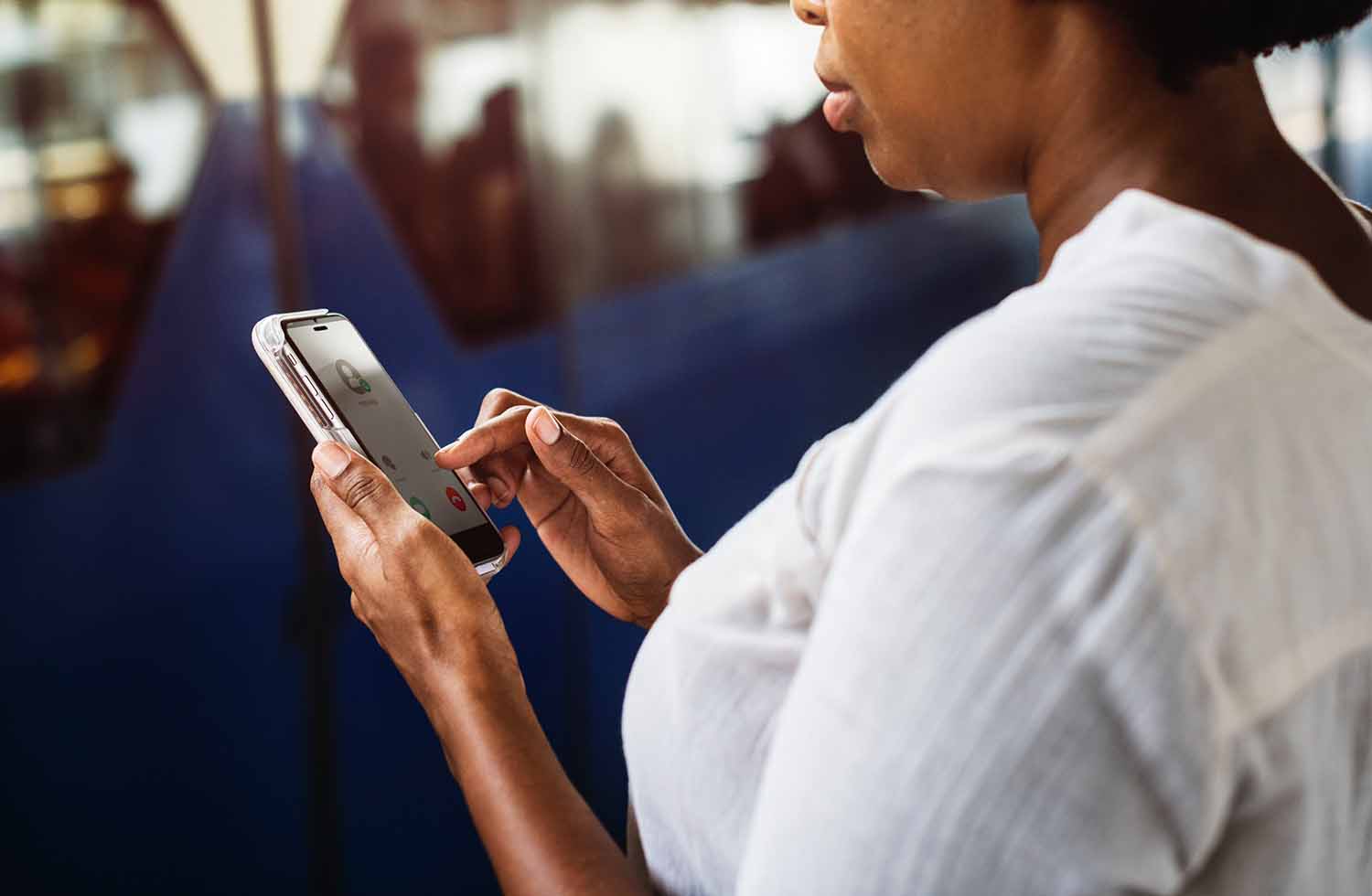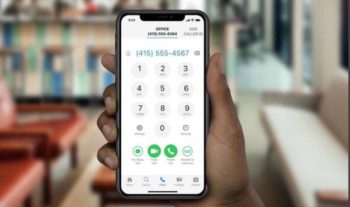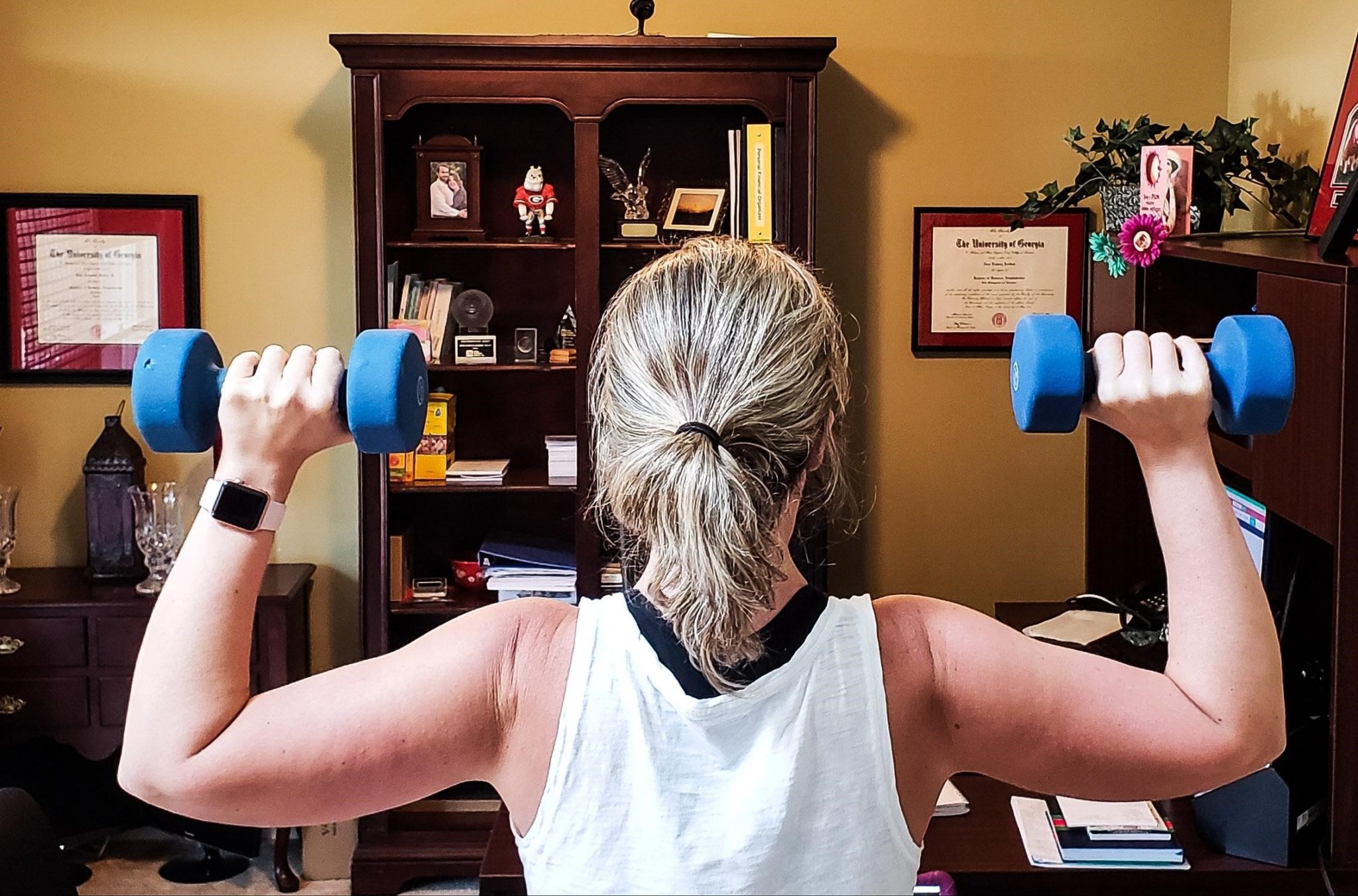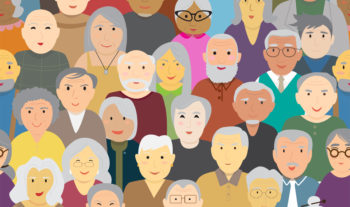How is U.S. healthcare broken? Let me count the ways:
- It is too expensive
- Too many people don’t have insurance to help pay for it.
- Even insured people are facing very high out-of-pocket costs because of high deductibles, increasing use of co-insurance that has people paying an unpredictable share of the cost instead of a predetermined copay.
- Overuse of marginally useful and useless interventions
- Too much dependence on drugs as the answer – in a recent NPR interview, psychiatrist Allen Frances pointed out that people with minor or situational depression are more likely to be prescribed an antidepressant than equally effective cognitive behavioral therapy
- Even in this era of personalized medicine, too many people are being treated with a one- size fits all approach.
- Consolidation in many sectors of healthcare (e.g., insurance, hospitals, medical groups) has diminished meaningful competition.
- And, even if we had competition, a lack of transparency about prices and expected outcomes, makes it almost impossible for consumers to make informed choices.
The dawning of the Age of Digital Care
I could go on and on about the problems in U.S. healthcare, but being a glass-half-full type, I would rather discuss what I believe is hope for a huge transformation in the way healthcare is delivered and consumed. It all revolves around that marvelous little computer that many of us continually engage with throughout the day: your smartphone. Add to that sensors that can pick up physiologic data, sophisticated analytics and artificial intelligence that can transform that data into information that you (and your healthcare providers) can react to, and responsive stuff in our homes, workplaces, schools, cars (the internet of things) that can be programmed to help us live healthier lives and treat illnesses at home. Top it off with new ways to communicate easily and efficiently with healthcare professionals who can provide appropriately timed coaching and advice and you can see how we can create a “healthcare system” that is at once more personalized, more people-centric, and more efficient than our current model of office- and facility-based care.
Can technology help us lose weight?
Let’s take a look at how these technologies could help with one of the most common health problems in America – overweight and obesity. Although most of us have been socialized to believe this is a problem of willpower, it is actually an unintended consequence of the complex biological systems that evolved to help ensure survival when food is scarce. The regulation of food-seeking behaviors is an intricate interplay of neurologic, hormonal, behavioral, biochemical, and genetic factors. This is why we have yet to come up with a magic bullet to help us lose weight and then maintain the weight loss over time. If you mess with one factor, the others kick into high gear to try to maintain the body’s energy stores.
How can technology help? Let’s say you are 15 pounds overweight and have developed pre-diabetes as a result. Your doctor has told you that you should lose weight or you could end up with full-blown diabetes with its attendant increased risk of having a heart attack, stroke, or amputation or developing kidney or eye disease. You’ve tried to lose weight before but after dropping a few pounds, your “willpower” collapses and you eat your way back and beyond your prior weight.
Now, instead of sending you out on your own to figure out how to “Just Lose Weight,” your doctor prescribes an array of digital tools to get you started. Some of the technologies I will describe are already available, some are in development, and some are, well, great ideas waiting for some enterprising digital health entrepreneur to make it real.
The first tool your doctor prescribes is a smartwatch that can continuously collect physiologic data needed to keep you healthy while you are trying to lose weight (e.g., blood pressure, pulse, glucose level, activity level, estimates of calories in and out). The watch is also programmed to help you set reasonable weight loss goals based on your health metrics and personal desires. It is also able to send you messages of encouragement, point-of-eating information (approximately how many calories are in that “healthy” smoothie), and a hot-button to connect you instantly to your health coach and/or designated friends who can provide support at your weakest moments (“Those fries smell great now, but remember the wedding dress you want to fit into.”). The doctor also prescribes an electronic scale and body fat estimator and helps you download an app that lets you take pictures of food you are thinking about consuming and not only tells you how many calories it contains but also how many minutes of your preferred exercise you would have to do to work it off.
After two weeks, your Primary Care nurse receives a message from the digital weight loss program notifying her that your blood pressure is creeping up and your weight loss has stalled. She messages you to tell you that you may require medication to control your blood pressure if you can’t get your weight loss back on track. She will contact you again in a month to see if you have made progress.
Your weight loss coach is also notified that you are not meeting your pre-determined weight loss goals. He sets up a video conference to go over the data and determine what additional tools might be added to your program. During the conference, he discusses a variety of internet-enabled home appliances that can be programmed to help you on your weight loss journey. He notes that some are covered by your health insurance.
Nighttime snacking is identified as a particularly problematic source of excess calories – mostly in the form of full-fat thin mint ice cream. He recommends buying a digital “FridgeLocker” that requires a code to open the freezer after 7 pm. Only your normal weight husband and kids, also thin mint fans, have the code. He also recommends adding increased exercise nudges to your smartphone messaging. A digital check-in two weeks later shows that you are back on track to meet your weight loss goals.
Related Content:
Why Digital Healthcare Can Never Replace Doctors
Big Data’s Promise for Potential in Healthcare
Better, faster, cheaper
All of this is accomplished without office visits and without medications. It is highly personalized and provides automated and human support to help you keep going. It is so inexpensive that insurers have determined it is more cost effective to cover digital tools than to pay for weight loss drugs, bariatric surgery or complications of diabetes.
This is only one example how digitizing healthcare could transform the way we do health. I am sure, my dear readers, that you will think up a jillion other innovations, not just for preventive care, but also for chronic care and urgent care, that are better than the way we do things now. Please leave your ideas in the comment section below so they can inspire someone, somewhere to make them a reality.
Patricia Salber, MD, MBA
Website:
https://thedoctorweighsin.com
Patricia Salber, MD, MBA is the Founder. CEO, and Editor-in-Chief of The Doctor Weighs In (TDWI). Founded in 2005 as a single-author blog, it has evolved into a multi-authored, multi-media health information site with a global audience. She has worked hard to ensure that TDWI is a trusted resource for health information on a wide variety of health topics. Moreover, Dr. Salber is widely acknowledged as an important contributor to the health information space, including having been honored by LinkedIn as one of ten Top Voices in Healthcare in both 2017 and 2018.
Dr. Salber has a long list of peer-reviewed publications as well as publications in trade and popular press. She has published two books, the latest being “Connected Health: Improving Care, Safety, and Efficiency with Wearables and IoT solutions. She has hosted podcasts and video interviews with many well-known healthcare experts and innovators. Spreading the word about health and healthcare innovation is her passion.
She attended the University of California Berkeley for her undergraduate and graduate studies and UC San Francisco for medical school, internal medicine residency, and endocrine fellowship. She also completed a Pew Fellowship in Health Policy at the affiliated Institute for Health Policy Studies. She earned an MBA with a health focus at the University of California Irvine.
She joined Kaiser Permanente (KP)where she practiced emergency medicine as a board-certified internist and emergency physician before moving into administration. She served as the first Physician Director for National Accounts at the Permanente Federation. And, also served as the lead on a dedicated Kaiser Permanente-General Motors team to help GM with its managed care strategy. GM was the largest private purchaser of healthcare in the world at that time. After leaving KP, she worked as a physician executive in a number of health plans, including serving as EVP and Chief Medical Officer at Universal American.
She consults and/or advises a wide variety of organizations including digital start-ups such as CliniOps, My Safety Nest, and Doctor Base (acquired). She currently consults with Duty First Consulting as well as Faegre, Drinker, Biddle, and Reath, LLP.
Pat serves on the Board of Trustees of MedShare, a global humanitarian organization. She chairs the organization’s Development Committee and she also chairs MedShare's Western Regional Council.
Dr. Salber is married and lives with her husband and dog in beautiful Marin County in California. She has three grown children and two granddaughters with whom she loves to travel.
















Comment will held for moderation